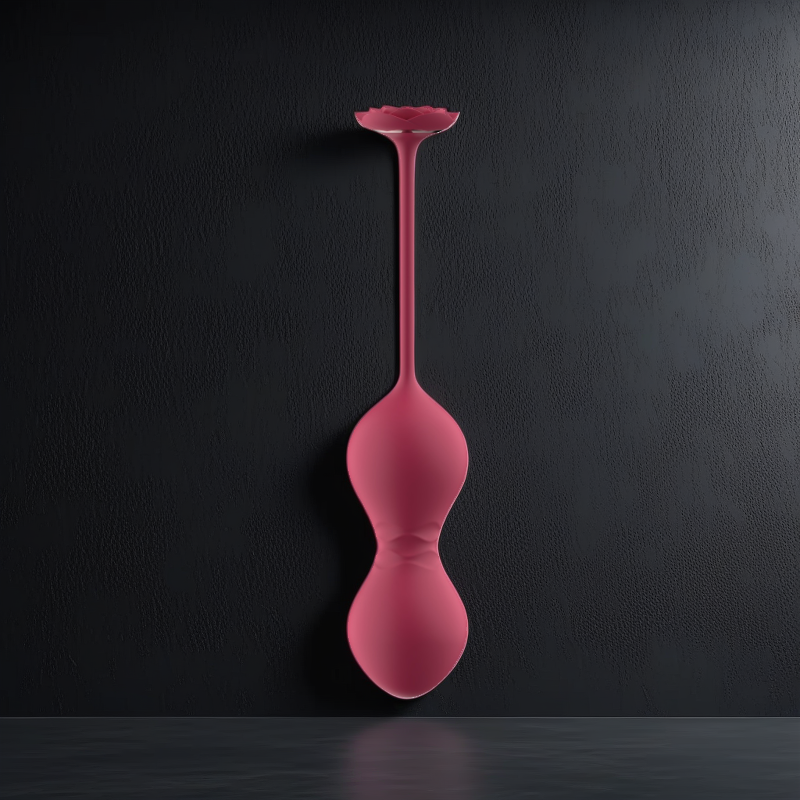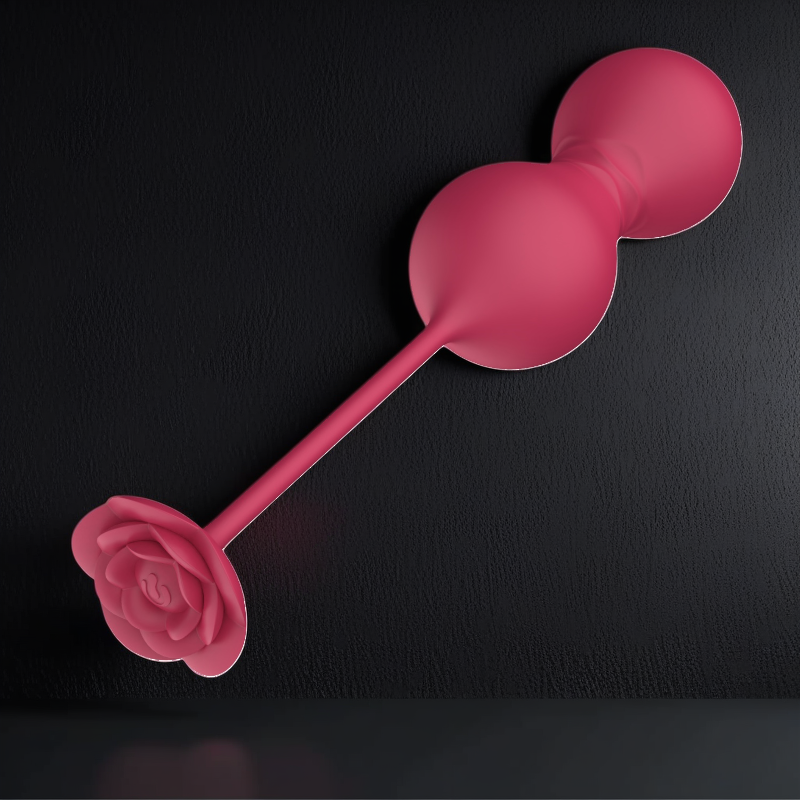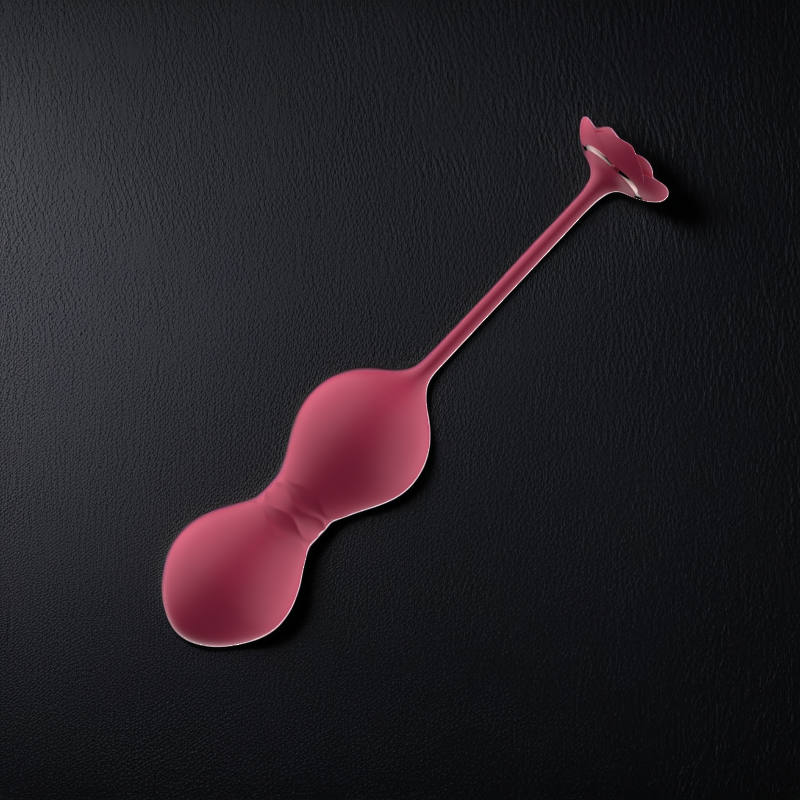
The Ultimate Guide to Kegel Exercises
Stronger Pelvic Muscles, Better Intimacy, and Peak Pleasure
Imagine sneezing, laughing, or jumping and suddenly feeling a tiny leak. Or wondering why your intimate moments lack a little extra “oomph.”
Kegel exercises are a simple and effective way to strengthen your pelvic floor muscles. They help improve bladder control and can even boost sexual pleasure. This guide is for you. Helpful for new parents, adults, and anyone interested in improving their intimacy.
What Are Kegel Exercises?
Kegel exercises involve contracting and relaxing the muscles that form the pelvic floor. These muscles support the bladder, uterus, rectum, and other essential organs. Strengthening them improves control, endurance, and responsiveness.
Arnold Kegel, a gynecologist, first introduced these exercises in 1948 to help postpartum women regain pelvic strength. Today, people recognize them as beneficial for men and women of all ages.

Benefits of Kegel Exercises
1. Improved Urinary Control
Urinary incontinence, especially stress incontinence, affects millions worldwide. Regular Kegel exercises strengthen the muscles that control urine flow, reducing leakage during sneezes, coughs, or workouts. A study found that pelvic floor muscle training helps reduce urinary incontinence symptoms in women (Dumoulin et al., 2018).
2. Enhanced Sexual Pleasure
Strong pelvic muscles intensify sensations for both partners. For women, Kegels can increase clitoral and vaginal stimulation. For men, they can improve erectile function, increase ejaculatory control, and boost orgasm intensity. Research indicates that pelvic floor training correlates with increased sexual satisfaction (Glazer, 2000).
3. Better Postpartum Recovery
Pregnancy and childbirth stretch the pelvic floor. Kegels help restore muscle tone, support uterine positioning, and prevent prolapse. Regular practice accelerates recovery and improves functional strength.
4. Enhanced Core Stability
A strong pelvic floor works with the core muscles. This includes the transverse abdominis and lower back muscles. Together, they improve posture, balance, and overall strength. Athletes and fitness enthusiasts can benefit from incorporating Kegels into their routines.
When Should You Do Kegel Exercises?
Kegels are not just for people with problems. Both men and women can benefit in multiple situations. Here are some common scenarios:
| Group | Common Situations | Why Kegels Help |
|---|---|---|
| Women | Postpartum recovery, urinary leakage, pelvic organ prolapse, reduced sexual sensation | Strengthens stretched pelvic floor, improves bladder control, increases sexual pleasure |
| Men | Erectile dysfunction, premature ejaculation, prostate surgery recovery, weak ejaculatory control | Improves blood flow, strengthens pelvic muscles, enhances orgasm control |
Tip: Even if you have none of these issues, Kegels act as preventive maintenance for pelvic health and sexual fitness.
How Men Can Do Kegel Exercises
Identify the Muscles:
Try stopping urine midstream or tightening muscles as if holding back gas. These are your pelvic floor muscles.
Basic Contraction:
Squeeze and hold for 3-5 seconds, then relax 5 seconds. Repeat 10-15 times per session, 2-3 sessions per day.
Advanced Practice:
Use perineum stimulators or small vibrating rings for biofeedback. Incorporate during masturbation to improve orgasm control and enhance sensation.
Common Mistakes:
Don’t clench abs, thighs, or glutes. Avoid holding breath.

Every woman deserves to feel confident in her body, and pelvic floor strength plays a huge role in that. The Smart Kegel Ball was designed to do more than just provide stimulation. It helps you build resilience in your pelvic muscles while also opening the door to deeper, longer orgasms. Unlike traditional toys, these best kegel balls come with a smart touch sensor that reads your pelvic contractions and shows your progress through an indicator light. How to Use Kegel Balls.
How Women Can Do Kegel Exercises
Identify the Muscles:
Imagine stopping urine midstream or lifting the vaginal muscles inward.
Basic Routine:
Contract for 3-5 seconds, relax for 5 seconds. Repeat 10-15 times, 2-3 sessions daily.
Adding Resistance:
Use Ben Wa balls, Kegel weights, or vibrating trainers to increase muscle engagement.
Integration Into Daily Life:
During Netflix, commuting, or even cooking, no one will notice!
Fun Twist:
Partner-assisted Kegels: your partner can gently press while you contract, making it playful and intimate.
How to Do Kegel Exercises Correctly
Proper technique is crucial. Here’s a step-by-step guide:
1. Identify the Pelvic Floor Muscles
- For women, try stopping urination midstream; the muscles used are your pelvic floor.
- For men, imagine trying to stop passing gas or lifting the penis slightly.
2. Start Simple
- Contract the muscles for 3-5 seconds, then relax for 5 seconds.
- Repeat 10 times per session.
3. Increase Gradually
- Over weeks, hold contractions for up to 10 seconds.
- Aim for 3 sessions per day.
4. Avoid Common Mistakes
- Do not hold your breath.
- Avoid tensing the abdomen, thighs, or buttocks.
- Focus on slow, controlled movements.
Pro Tip: You can perform Kegels anytime, sitting at your desk, in traffic, or watching Netflix, no one will know.
Sex Toys and Kegel Training: A Playful Combo
For added fun and motivation, certain sex toys can enhance Kegel workouts:
- Ben Wa Balls or Kegel Balls: Weighted balls inserted into the vagina create resistance, increasing muscle engagement.
- Vibrating Kegel Trainers: Devices like GIMME SEX offer guided exercises with vibration cues, making workouts enjoyable.
- Perineum Stimulators: Stimulate surrounding areas while performing Kegels for extra sensory feedback.
For men, perineum massagers or erection rings can increase awareness and strengthen pelvic floor response during exercises.
Studies show that using biofeedback-assisted devices improves muscle engagement and motivation (Bump et al., 1991).
Suggested Kegel Routine Table
| Stage | Duration per Contraction | Reps per Session | Sessions per Day |
|---|---|---|---|
| Beginner | 3–5 seconds | 10 | 2 |
| Intermediate | 5–7 seconds | 12–15 | 2–3 |
| Advanced | 8–10 seconds | 15–20 | 3 |
Pro Tip: Track progress and gradually increase duration or add resistance for optimal results.
Common Mistakes and How to Avoid Them
-
Holding Breath or Tensing Other Muscles
Focus only on the pelvic floor. Breathe naturally while contracting. -
Overdoing It Too Fast
Start with short holds and low repetitions. Overexertion can cause fatigue or soreness. -
Expecting Instant Results
Pelvic muscles take time to strengthen. Consistency over weeks matters more than intensity. -
Neglecting Posture
Align your spine and relax your shoulders. Sitting or lying down with good posture improves activation.
Evidence-Based Tips for Maximum Effect
- Combine Kegels with core workouts for integrated strength.
- Track your progress: note contraction duration and endurance improvements.
- Use reminder apps like Elvie Trainer or Kegel Trainer to maintain consistency.
- Pair with partner exercises for intimacy: one partner applies gentle pressure while the other contracts muscles.
FAQ About Kegel Exercises
Q1: Can men benefit from Kegels?
Yes. Kegels improve erectile function, ejaculatory control, and pelvic health in men (Glazer, 2000).
Q2: How soon will I notice results?
Most people notice improvements in 4–6 weeks with regular practice.
Q3: Can I use Kegels to enhance sexual pleasure?
Absolutely. Strong pelvic muscles increase intensity of orgasms and improve sensation for both partners.
Q4: Can I combine Kegels with sex toys?
Yes. Vaginal or perineal devices provide resistance and feedback, making exercises more engaging and effective.
Q5: Are there any risks?
Kegels are generally safe. Overexertion or incorrect technique may cause temporary muscle soreness.
Conclusion
Kegel exercises are a simple and proven way to strengthen the pelvic floor. They can also boost sexual pleasure and support overall pelvic health.
To improve your intimate experiences, use the right technique. Practice regularly. Try optional sex toys.
Involve your partner. This can help prevent urinary issues and boost your confidence. Humor, creativity, and fun can make this routine enjoyable, ensuring you stick with it long-term.
References
- Dumoulin, C., Hay-Smith, J., & Habée-Séguin, G. (2018). Pelvic floor muscle training versus no treatment for urinary incontinence in women. Cochrane Database of Systematic Reviews, 10, CD005654.
- Glazer, H. I. (2000). Pelvic floor exercises in the treatment of erectile dysfunction. BJU International, 85(6), 693–697.
- Bump, R. C., Norton, P. A., & Ko, T. Y. (1991). Biofeedback-assisted pelvic floor muscle training for stress urinary incontinence. American Journal of Obstetrics and Gynecology, 165(6), 1757–1763.
- Arnold Kegel, A. (1948). Progressive resistance exercise in the functional restoration of the perineal muscles.








